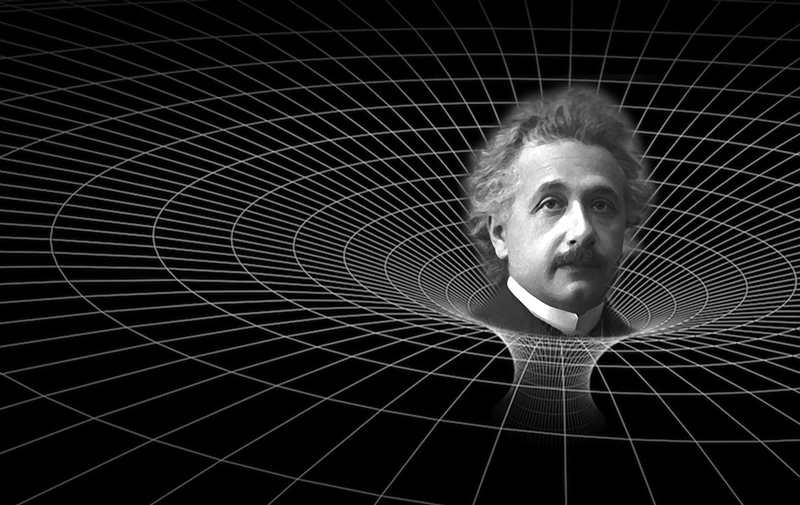
Relativity
Hi. This is a place where we could voice our agreements, disagreements, and further thoughts, questions,... View more
of the electrodynamics of a magnet and conductor
-
of the electrodynamics of a magnet and conductor
What of the electrodynamics of a magnet and conductor? What of the relative motion of them? Why does the electrical current appear when the magnet is in motion, while the conductor is “stationary”, yet doesn’t appear when the conductor is in motion, while the magnet is “stationary”? How would this effect work if these two devices were to interact, say, traveling at a constant velocity in a vehicle on earth? How would this experiment go if the car was a convertible? or if the vehicle was contained, or even “pressurized”?
If they were to travel at a constant velocity, couldn’t they artificially create the inertial conditions as if they were “stationary” elsewhere? Also, what of how the earth spins and revolves around the sun? How to account for which device is “stationary” and which one is “in motion” or “travels”? How is it possible to create an inertial reference frame that “travels”? What if the vehicle wasn’t on earth at all? How would the magnet and conductor act if set up within a spacecraft in outer space? <font color=”#000000″>And out of curiosity, </font>how would the two devices act if they were both within a frame that accelerates?
How fast does a magnet have to go, to create the electric current with the conductor? How does the magnet and conductor seem to “know” their immediate surroundings? and their positioning relative to each other? of which is “in motion” or “stationary”? Could any of the “experimental set-ups” with alternate vehicles find different results?
Doesn’t electrodynamics play by different rules than kinematics?
Is it possible that Einstein may have applied too much electrodynamics knowledge, that wouldn’t work exactly well or at least as accurately as kinematics? He even named his famous paper “On the Electrodynamics of Moving Bodies“. This we would eventually know as Special Relativity.
<font color=”#3d85c6″>Here is the famous paper</font>
https://www.fourmilab.ch/<wbr>etexts/einstein/specrel/www/
How exactly did Einstein arrive at the constancy of the velocity of light? Was the idea one of Maxwell’s equations? The concepts of time dilation and the maximum possible velocity seem required for the constancy of c to work. Also, the relativity of simultaneous events was thought of as a “consequence”, that is, instead of “proof” or adequate evidence. The distances that some events which were said to appear at different times, may instead, occur simultaneously from the standpoint of other observers, even at extremely short distances away.
It has been said that Maxwell’s equations show that, regardless of how fast or slow a given object, light source, or observer is said to go, that light travels at the constant velocity of 186,282 miles per second. It has also been said that Einstein arrived at the constancy of c by himself.
<font color=”#000000″>Also, how does a conductor and magnet work if experiencing a high level of gravity, </font>or extreme acceleration? or if traveling at a constant velocity within zero-gravity? or each of them at different times? What exactly causes the electric field?
<font color=”#000000″>How does the process work without a “stationary” reference frame? Could this effect </font>provide evidence for a stationary aether? What of how the earth spins, and orbits the sun, while the sun travels through the galaxy, and the galaxy throughout the universe? <font color=”#000000″>Could the position of the earth, or anything physical at all, be found within a stationary </font>aether, even if the universe is actually somewhat “static” and doesn’t expand?
<font color=”#000000″>How exactly does electrodynamics correspond with the kinematics? </font>
